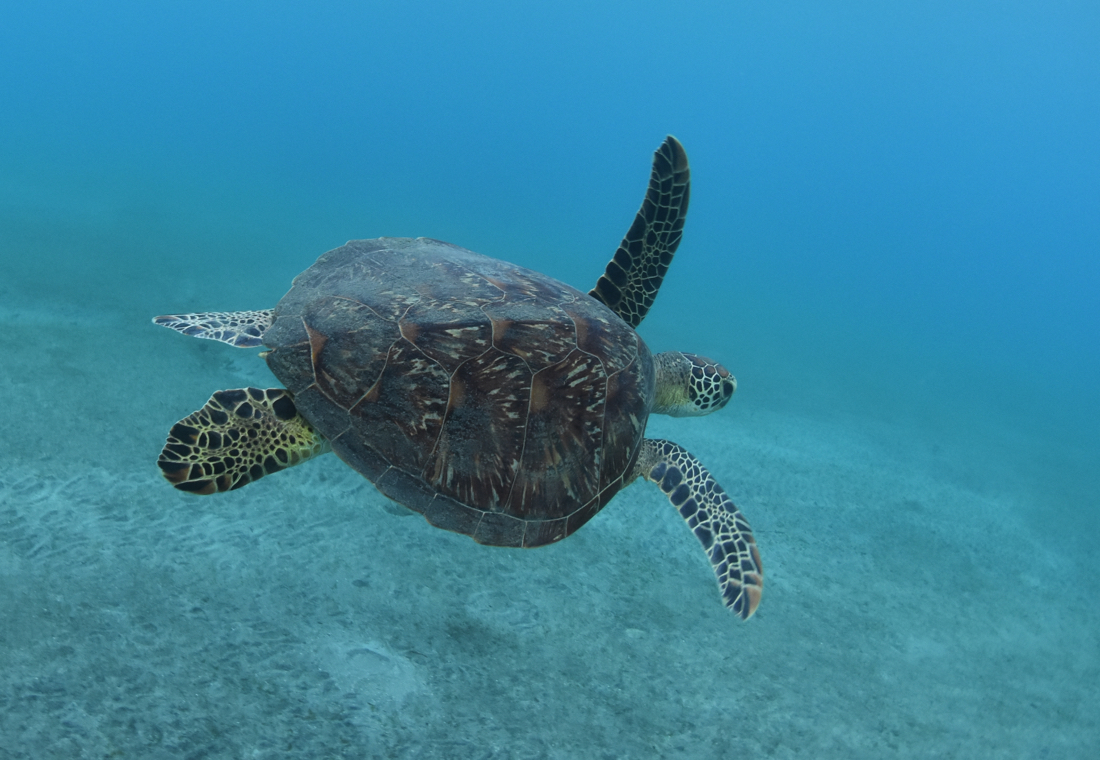Megafauna
Megafauna - Using eDNA metabarcoding to identify refugia for marine megafauna
The marine defaunation began in the 19th century with industrial whaling and was accentuated by high seas fishing fleets which depleted populations of oceanic sharks, tunas, and billfishes. Given the difficulty of managing high-sea overfishing, the open ocean needs protection from fisheries through the establishment of oceanic and large no-take Marine Protected Areas (MPAs). According to the Convention on Biological Diversity, 10% of sea area should be part of Marine Protected Areas by 2020. This urges scientists, national agencies, and non-governmental organizations to define priorities to identify biodiversity hotspots for the most threatened species. However, the most critical habitats for the biodiversity of marine megafauna (most of vertebrates) remain poorly known and understood given the lack of standardized information beyond classic geographic range maps and fisheries data.

We propose to overcome this limitation by developing a novel, rapid and non-invasive environmental DNA (eDNA) metabarcoding approach specifically targeting marine vertebrates. We aim to collect many species of fishes, sharks, rays, turtles and mammals to make a genetic reference database allowing to monitor in routine marine megafauna at a large spatial scale and at a high temporal frequency. Then we will apply this method to assess the biodiversity of vertebrates in 200 sites across all tropical seas in synchrony with video analyses. We will test our core hypothesis that seamounts and islands isolated from humans (>1000 km from the nearest market) are the last refugia for marine megafauna.
